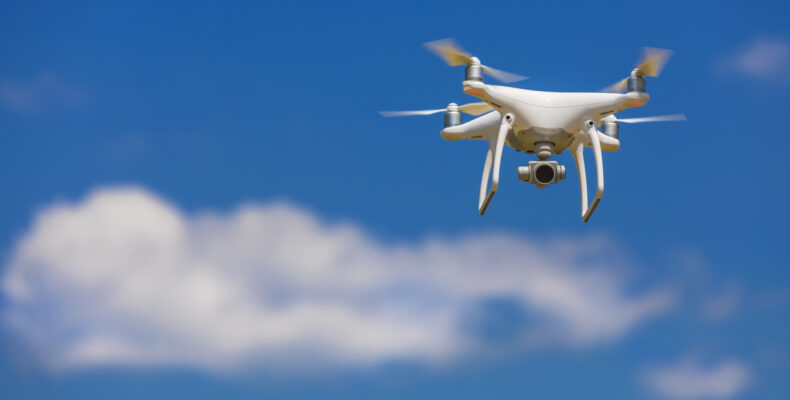
Drone sector patents take off as innovation accelerates
Unmanned Aerial Systems (UAS) is a rapidly growing sub-sector within the aerospace industry. UAS are formed of one or more Unmanned Aerial Vehicles (UAVs), commonly known as ‘drones’, and associated control and communications systems used to control the operation of the UAVs. As an example, according to the European Commission, the European drone sector is expected to directly employ more than 100,000 people and have an economic impact exceeding €10 billion per year within 20 years. This growth is reflected in the number of patent filings and grants in recent years, with the number of patents granted for drones worldwide – according to the World Intellectual Property Organisation – increasing by 39% in the year to September 2022.
To illustrate this surge in innovation, Thomas Hodson takes a look at recent patent activity from three quite different companies in the field of UAS:
Delivery drones
You will no doubt be aware that Amazon has been working on delivering packages using drones for a number of years. Amazon’s drone delivery service, Amazon Prime Air, launched in 2022, delivering packages in two locations in the US. The company has invested heavily in securing its intellectual property in the field of UAS. A recent search of published patent applications and granted patents in the name of Amazon Technologies, Inc., which mention UAS, generated over 900 results. An example of one of those granted patents is EP3180245B1. This patent relates to automatically stopping a propeller of a drone if an object gets too close to the propeller. This helps to ensure the safety of the drone if, for example, the drone should come into contact with a human or animal on landing. As the number of drones operating in populated areas increases, safety will be of paramount concern to manufacturers, so we are likely to see more patent applications relating to drone safety.
A swarm of drones
As well as technology companies such as Amazon, we are of course seeing UAS development and patent filings from traditional aerospace companies. One example is EP3851931A1, granted to Boeing in February of this year. This patent relates to the operation of a group of drones in a network, or ‘swarm’. In the patent, lasers are used to transmit signals between drones in a swarm. The drones are configured to collect any excess power in the lasers, beyond that required to transmit a signal, using photovoltaics and use that power to charge the drones’ batteries. The patent reflects two key areas of UAS: propulsion and autonomy. Electric rotors are the favoured form of propulsion for short-range drone operations, with the invention of EP3851931A1 providing a means of recovering energy within a swarm that would otherwise be wasted and converting the recovered energy into electrical energy to power drone propulsion systems. As such, a swarm is able to operate for a longer period of time. UAS are also becoming increasingly autonomous, meaning that drones within a swarm communicate with each other and individual drones communicate with ground-based systems to determine actions such as flight patterns or manoeuvres without human intervention.
Paragliding drones
It is not only large multinational companies, the likes of Amazon and Boeing, who are developing UAS technology. Animal Dynamics is a university spin out company which has developed an autonomous heavy-lift parafoil UAV. This UAV is a departure from the classic arrangement of wings or rotors; the UAV uses a parafoil and a propeller, much like powered paragliding, to generate lift and thrust. Animal Dynamics have filed a number of patent applications on this technology, including GB2603772A , EP3717350A1, and EP3883851A1. Once again, these applications demonstrate that there is much room for innovation within the UAS and UAV space.
These developments show that UAS represents an exciting sub-sector of aerospace which is likely to generate intellectual property of substantial value in the near and further future.
Barker Brettell has extensive experience working with aerospace technologies, and the expertise to help you realise the potential of your innovations. If you would like to find out more, please contact the author or your usual Barker Brettell attorney.



